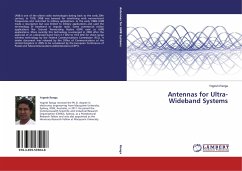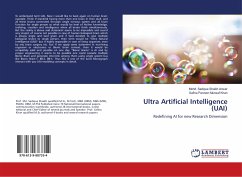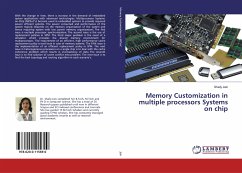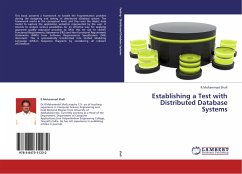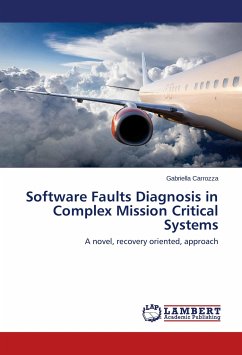UWB is one of the oldest radio technologies dating back to the early 20th century. In 1918, UWB was banned for interfering with narrow-band frequencies and restricted to military applications. In the early 1980s UWB made a resurgence but was limited to military applications and used the terminology of baseband or impulse radio. Some commercial civilian applications like Ground Penetrating Radars (GPR) exist as UWB applications. More recently this technology re-emerged in 2002 after the approval of an unlicensed band from 3.1 GHz to 10.6 GHz for short-range wireless technology by the Federal Communications Commission (FCC). A similar document was released by the Office of Communications of the United Kingdom in 2005 to be considered by the European Conference of Postal and Telecommunications Administrations (CEPT).

